-
Membership
Membership
Anyone with an interest in the history of the built environment is welcome to join the Society of Architectural Historians -
Conferences
Conferences
SAH Annual International Conferences bring members together for scholarly exchange and networking -
Publications
Publications
Through print and digital publications, SAH documents the history of the built environment and disseminates scholarshipLatest Issue:

-
Programs
Programs
SAH promotes meaningful engagement with the history of the built environment through its programsMember Programs
-
Jobs & Opportunities
Jobs & Opportunities
SAH provides resources, fellowships, and grants to help further your career and professional life -
Support
Support
We invite you to support the educational mission of SAH by making a gift, becoming a member, or volunteering -
About
About
SAH promotes the study, interpretation, and conservation of the built environment worldwide for the benefit of all
SAHARA Highlights: Water
Jun 22, 2023
by
SAHARA Co-Editors Jacqueline Spafford and Mark Hinchman
The SAHARA collection has grown to include excellent documentation of engineering and infrastructure. This month we’re highlighting ways that water resources have been adapted and harnessed through the building of canals, locks, dams, and aqueducts to facilitate transportation, hydroelectric power, access to drinking water, recreation, and more. Ambitious waterways such as the Grand Canal in China or the Lachine Canal in Montreal have drastically altered and enhanced their region’s industrial capabilities and determined economic focus and growth. Many contemporary and historic dams are represented in SAHARA, illustrating aspects that have remained constant over centuries.
A note about SAHARA: As you may have heard, the SAHARA platform is transitioning to JSTOR, where our image collections will be available alongside print materials, including JSAH. There will be more announcements and instructions in the coming months, but in the meantime, you can visit our small “test” collections on JSTOR: the open access Community Collection, as well as the Members Collection, which requires your SAH log-in to access: https://www.jstor.org/site/sahara/
To see more SAHARA content: sahara.artstor.org/#/login
To learn more about contributing, visit: sah.org/sahara
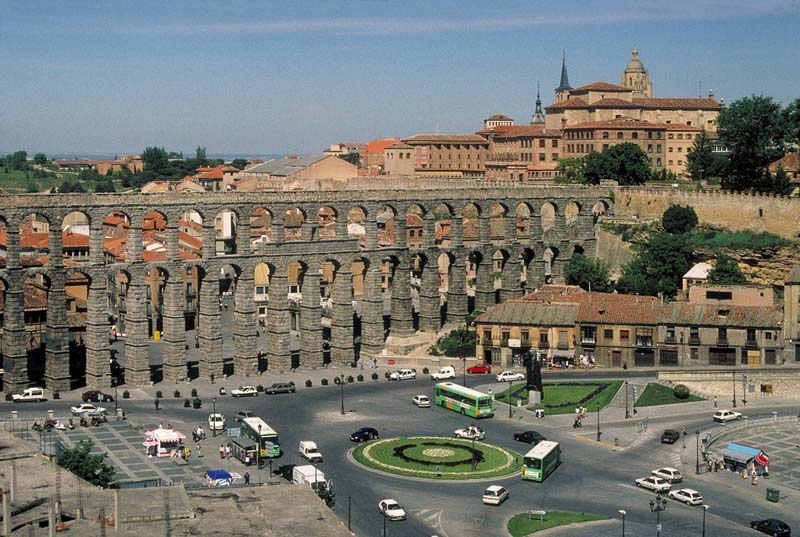
Aqueduct, Segovia, Spain, ca. 70–140. Built to transport water from mountain springs to the city’s homes, baths and fountains, the aqueduct was designed on Vitruvian principles, and was actively used until 1973. Photograph by Allan Kohl, 1996.
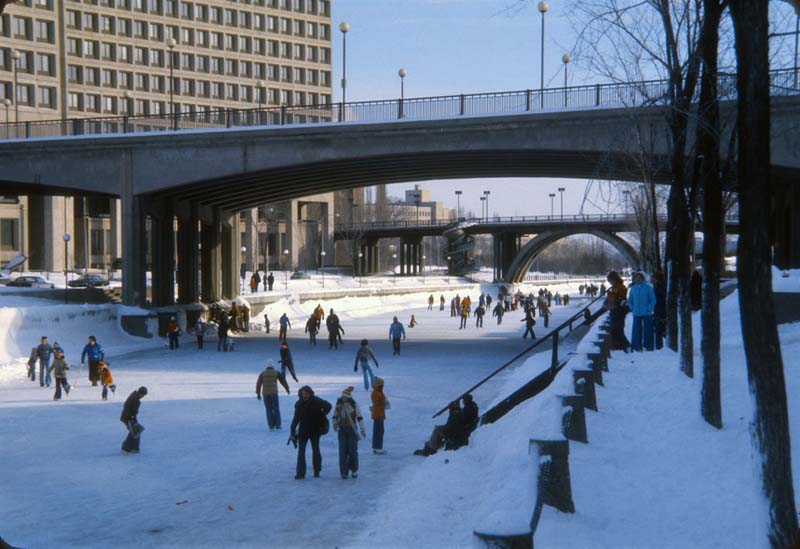
John By, Engineer, Rideau Canal, Ottawa, Ontario, 1826–32. Built to provide a military fortification against the US as well as a passage for steam-powered boats. It is over 200 km long and is still operational; it is also a popular recreational hub for Ottawa and a UNESCO World Heritage site. Photograph by Dell Upton, 1977.
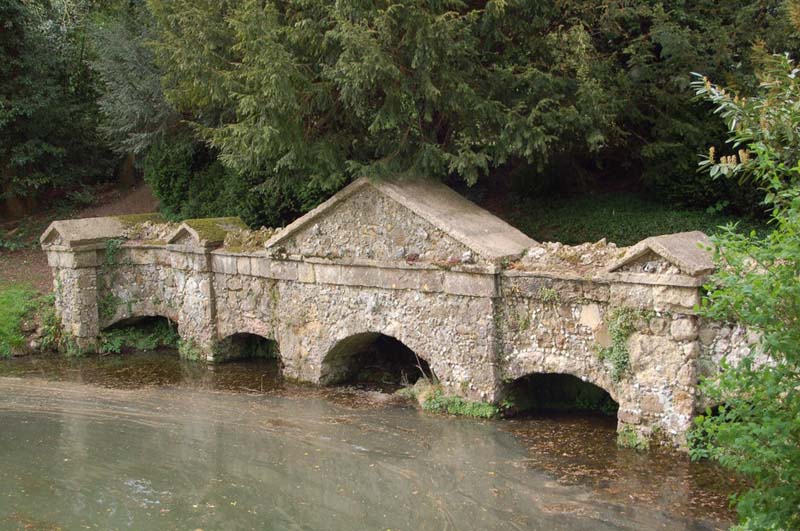
William Kent, Shell Bridge, Stowe Park, Buckinghamshire, UK, 1739. The bridge was actually a dam and was decorated with shells and sculpture when built. Photograph by Richard Guy Wilson.
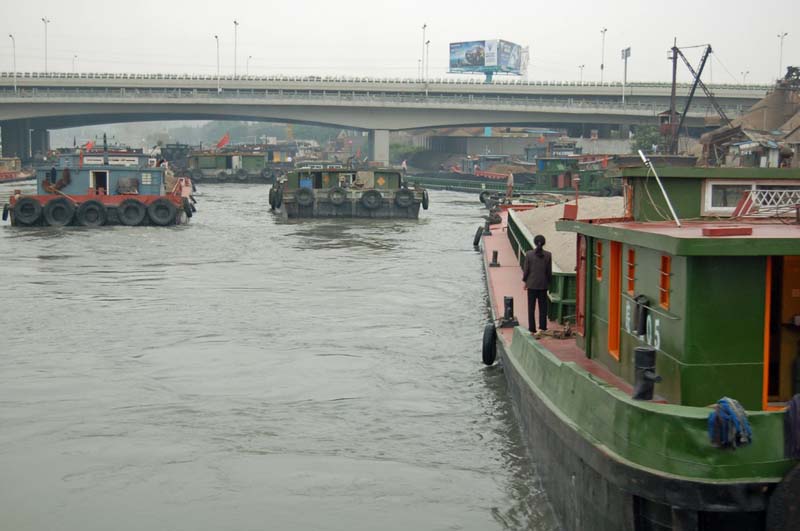
The Beijing-Hangzhou Grand Canal, China, Jiangnan section. Begun in the 5th century BCE, by the 13th century it included over 2,000 km of waterways. The system is a UNESCO World Heritage site and still heavily used. Photograph by Dell Upton, 2006.
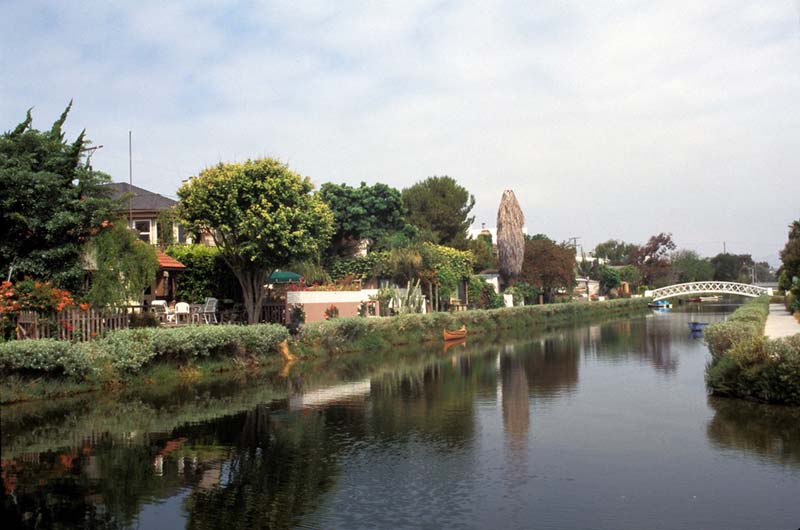
Canal Neighborhood, Venice, California, begun 1906. Developer Abbot Kinney had the canals dug to drain the swampy land, but they also served to enhance this seaside resort town with a romantic Venetian connection. Photograph by Patrick Malone, 1996.
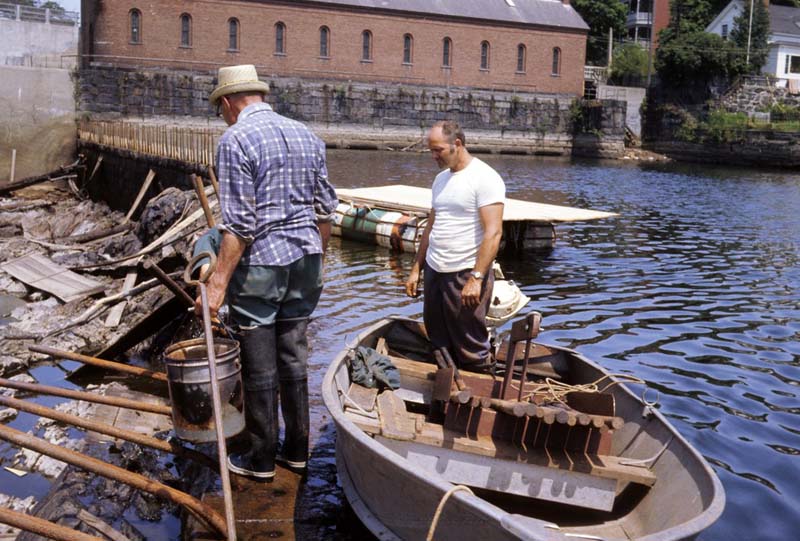
Lowell Canal System, Massachusetts, mid-19th century. Workers replacing flashboards and pins, which often bend during floods and winter ice. Photograph by Patrick Malone, 1975.
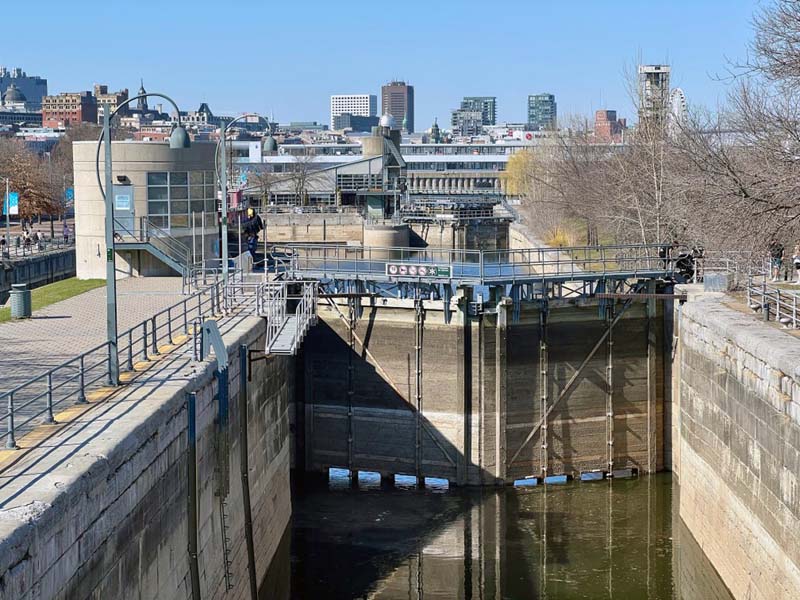
Thomas Burnett and John Richardson, Engineers, Lachine Canal, Montreal, Quebec, 1821–1970. The canal provided a bypass to the Lachine Rapids and a critical transportation link between the Atlantic Ocean and the interior of Canada and the US. It first opened in 1825, was expanded several times, and was eventually replaced by the St. Lawrence Seaway in 1970. Photograph by Ezgi Balkanay, 2023.
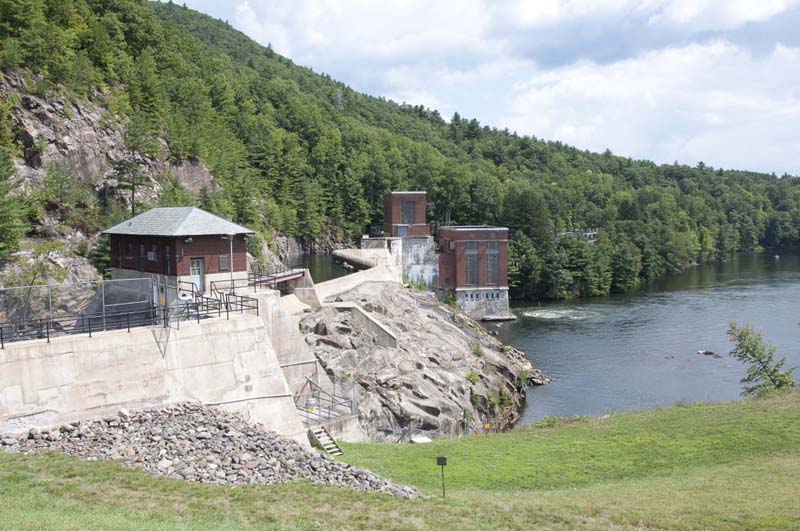
Edward H. Sargent and E.J. Cox, Engineers, The Conklingville Dam and Elmer J. West Electric Station, Saratoga, New York, 1927–30. The dam construction incorporated the surrounding geography and natural materials. Photograph by Richard Longstreth.
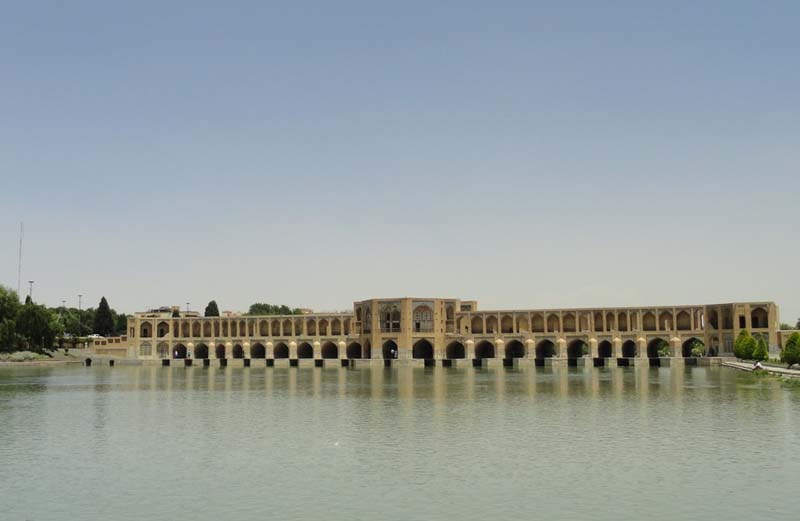
Khaju Bridge, Isfahan, Iran, 1650. This Safavid structure functions as both a dam and a bridge, and includes a central pavilion where the Shah could observe the surroundings. Photograph by Mehdi Azizkhani, 2016.

